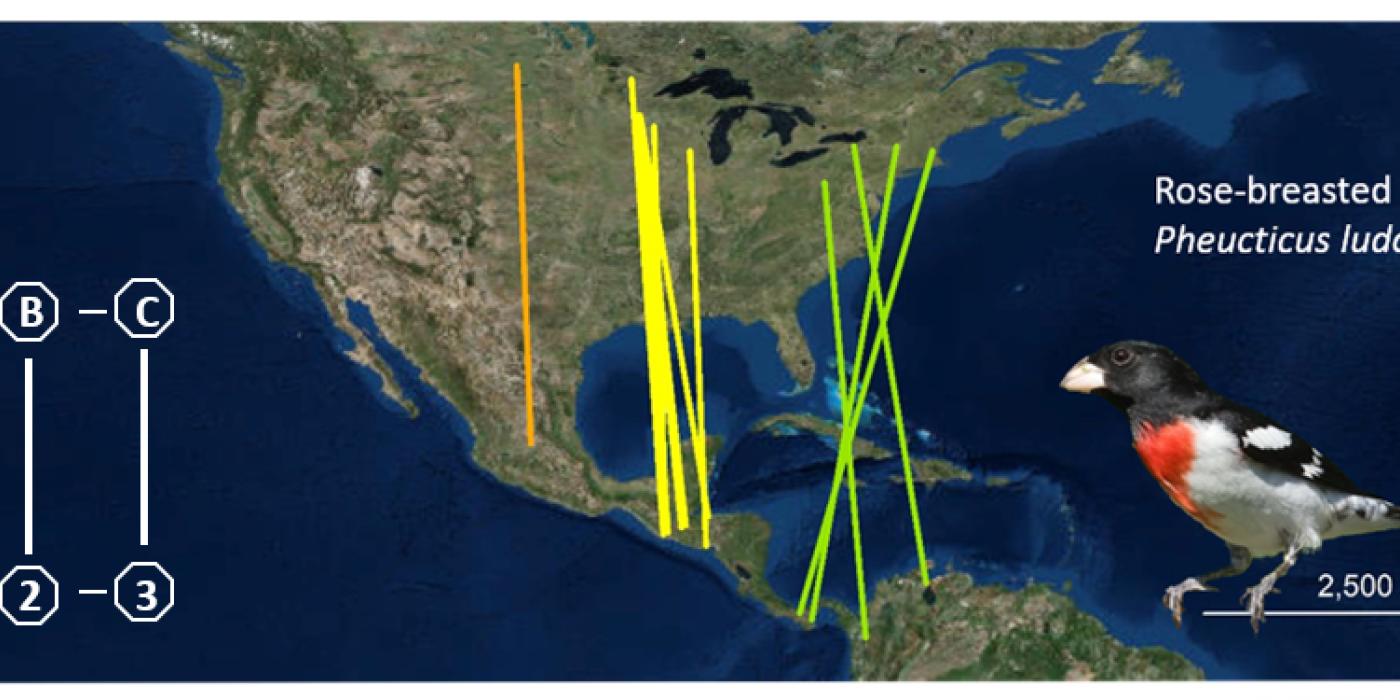R Package MigConnectivity
Migratory connectivity describes how populations co-occur throughout the annual cycle. The ability to study migratory connectivity has increased dramatically in the past decade, thanks to technological advances for documenting large-scale animal movement (e.g., GPS tracking, band recoveries, genetics).
The MigConnectivity R package provides a powerful framework for quantifying the strength of migratory connectivity across species, study designs and types of data. It also accounts for the relative abundance of populations across a species’ breeding or non-breeding range and incorporates uncertainty from sources of sampling error. The package’s vignette gives examples and further details.
Cohen, E.B., Hostetler, J.A., Hallworth, M.T., Rushing, C.S., Sillett, T.S. and Marra, P.P. 2017. Quantifying the strength of migratory connectivity. Methods in Ecology and Evolution, 00:1-12. https://doi.org/10.1111/2041-210X.12916
Watch for package updates. Contact Jeff Hostetler at hostetlerj@si.edu with potential package additions.













